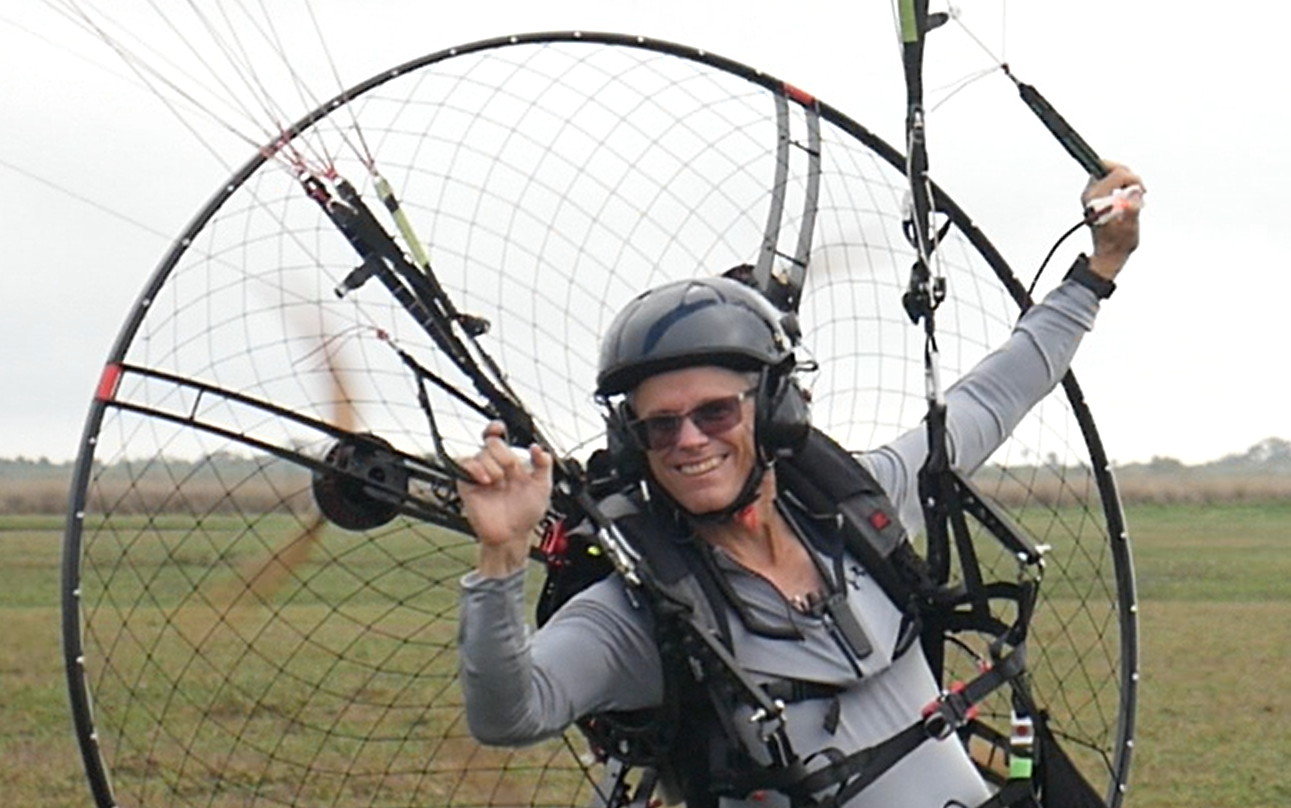Powered paragliding, also known as paramotoring, offers an exhilarating way to experience flight. Soaring through the skies with a motor strapped to your back is a dream for many, but before you take to the air, it’s crucial to understand the financial investment involved. The cost of powered paragliding can vary significantly depending on several factors, including the equipment you choose, the training you require, and ongoing maintenance expenses. This guide will break down the costs associated with paramotoring, providing you with a clear picture of what to expect.
Understanding the Initial Investment
The initial investment in powered paragliding primarily revolves around equipment and training. Let’s delve into each of these areas:
Paramotor Unit Cost
The paramotor unit itself is the most significant expense. A new paramotor can range from $7,000 to $12,000 or even higher, depending on the brand, engine size, and features. Used paramotors are available for less, but it’s essential to have them thoroughly inspected by a qualified technician before purchasing.
Fact: Some paramotor engines are designed to run on regular gasoline, while others require a fuel mixture. Always check the manufacturer’s recommendations for your specific engine.
Paraglider Wing Cost
The paraglider wing is another crucial piece of equipment. New wings typically cost between $3,000 and $5,000, depending on the size, performance characteristics, and manufacturer. Again, used wings are an option, but careful inspection is paramount to ensure safety.
Essential Accessories
Beyond the paramotor and wing, you’ll need several essential accessories:
- Helmet with integrated communication system ($200 ‒ $500)
- Harness ($500 ౼ $1,000)
- Reserve Parachute ($800 ‒ $1,500)
- Flight suit or appropriate clothing
The Importance of Proper Training
Investing in proper training is not only essential for safety but also legally required in many areas. A comprehensive training course will teach you the fundamentals of flight, weather awareness, emergency procedures, and equipment maintenance.
Training Course Fees
Paramotor training courses typically range from $1,500 to $3,000, depending on the duration, location, and instructor’s experience. Choose a reputable school with certified instructors.
Fact: Many paramotor training schools offer financing options to help spread out the cost of tuition.
Ongoing Costs and Maintenance
Once you’re a certified paramotor pilot, you’ll need to factor in ongoing costs to keep your equipment in top condition and your skills sharp.
Fuel and Oil
Paramotors require fuel and oil for operation. The amount you’ll spend on fuel depends on how often you fly and the fuel efficiency of your engine.
Maintenance and Repairs
Regular maintenance is crucial for ensuring the longevity and safety of your paramotor and wing. This includes:
- Engine servicing
- Wing inspections and repairs
- Propeller balancing
Insurance
Liability insurance is highly recommended, and in some areas, it may be legally required. Insurance costs can vary depending on the coverage you choose.
FAQ: Powered Paragliding Costs
How much does a new paramotor cost?
A new paramotor can range from $7,000 to $12,000 or more, depending on the brand, engine size, and features.
How much does a paraglider wing cost?
New paraglider wings typically cost between $3,000 and $5,000.
How much does paramotor training cost?
Paramotor training courses generally range from $1,500 to $3,000.
Are there any ongoing costs associated with paramotoring?
Yes, ongoing costs include fuel, oil, maintenance, repairs, and insurance.
Is it safe to buy a used paramotor or wing?
Buying used equipment can save money, but it’s essential to have it thoroughly inspected by a qualified technician before purchasing.
Can I finance a paramotor or training?
Yes, many paramotor dealers and training schools offer financing options to help spread out the cost.
Making the Investment: Is Powered Paragliding Right for You?
Powered paragliding is an investment, both financially and in terms of time and commitment. Before taking the plunge, consider your budget, your passion for flight, and your willingness to learn and maintain your equipment. If you’re prepared to invest in quality equipment, proper training, and ongoing maintenance, paramotoring can be an incredibly rewarding experience.
Tips for Saving Money on Paramotoring
While paramotoring can be expensive, there are ways to reduce the costs:
- Consider buying used equipment (after a thorough inspection).
- Look for discounts on training courses.
- Perform routine maintenance yourself (if you’re qualified).
- Join a local paramotor club to share knowledge and resources.
The Value of the Experience
Ultimately, the cost of powered paragliding is an investment in an unforgettable experience. The freedom of flight, the breathtaking views, and the camaraderie of the paramotoring community are priceless. If you’re passionate about aviation and adventure, powered paragliding may be the perfect hobby for you.
By carefully considering the costs and benefits, you can make an informed decision about whether powered paragliding is the right adventure for you. Safe flying!

